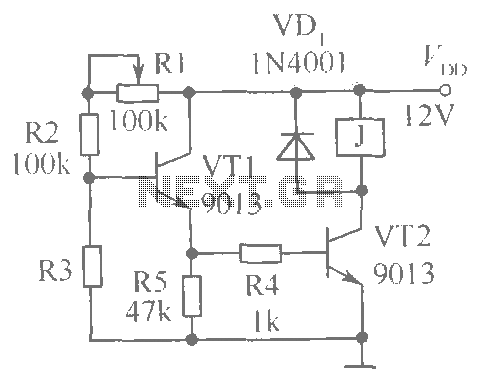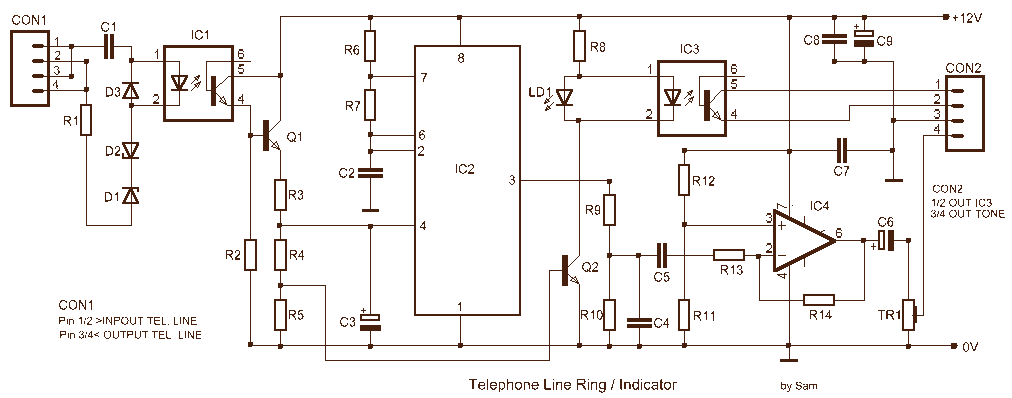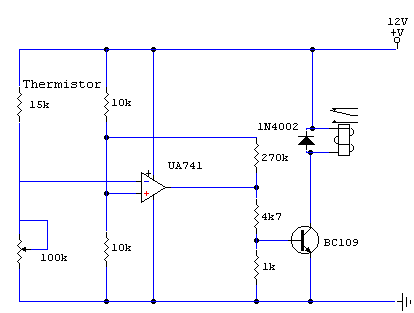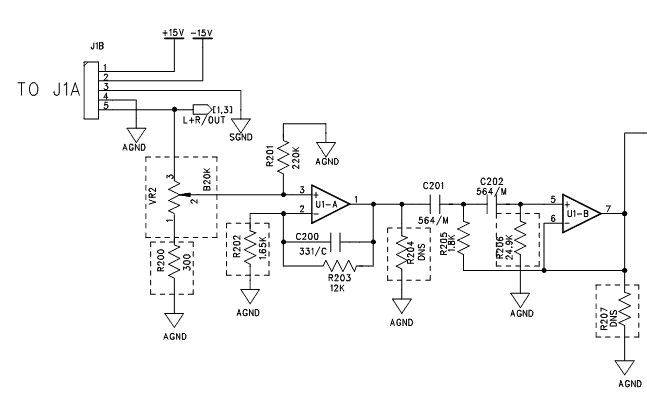
Desheng 1012 12-band television sound radio circuit diagram
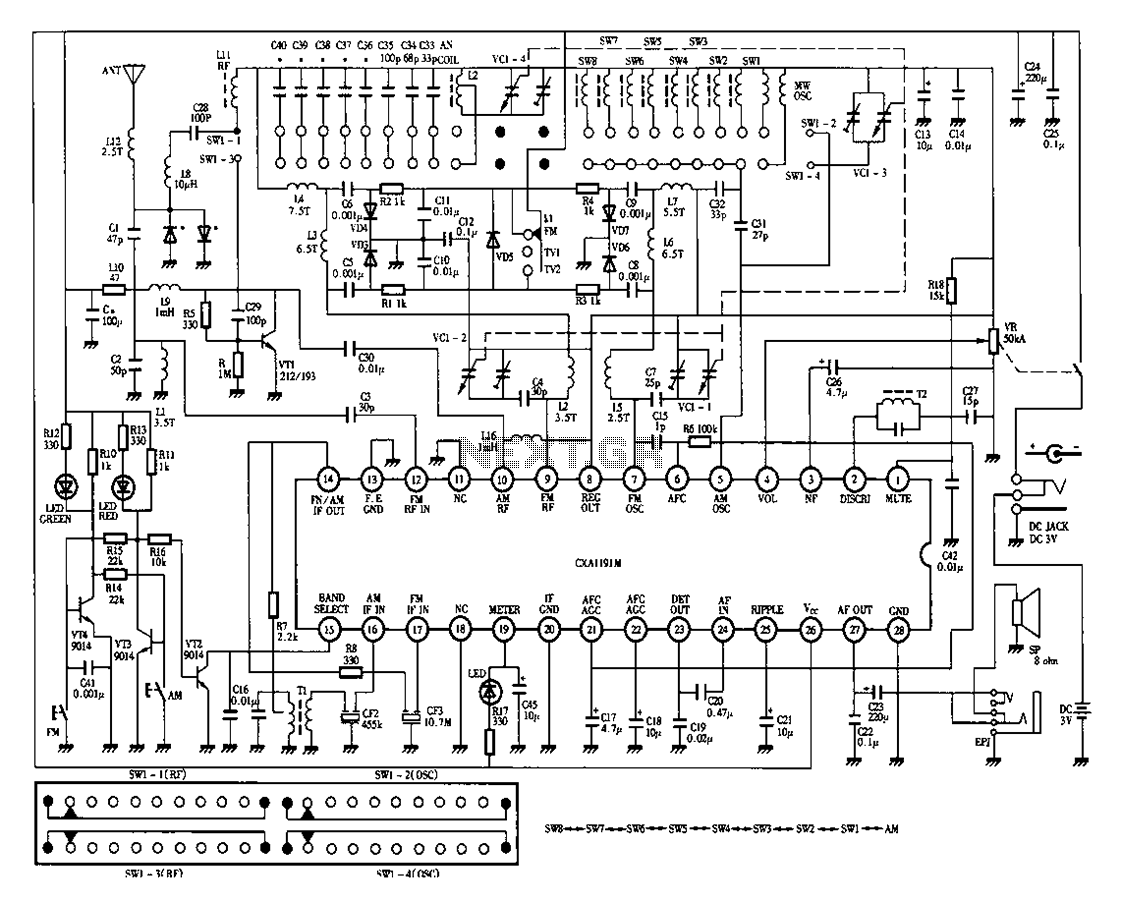
Desheng 1012 is a 12-band radio circuit diagram that covers FM, MW, SW, and TV sound frequencies.
The Desheng 1012 radio circuit is designed to receive a wide range of frequencies across multiple bands, including FM (Frequency Modulation), MW (Medium Wave), SW (Short Wave), and TV sound. This versatility allows the user to access various audio content from different broadcasting services.
The circuit typically includes several key components: a tuner for frequency selection, amplifiers to boost the received signals, and demodulators to convert the modulated signals back into audio. The 12-band feature indicates that the radio can be tuned to 12 distinct frequency ranges, enhancing user experience by providing a broader selection of stations.
The FM band is primarily used for music and entertainment, while the MW band is commonly used for talk radio and news. The SW band allows for long-distance broadcasts, often featuring international stations, and the TV sound band enables reception of audio from television broadcasts.
In the schematic, the tuner section may utilize variable capacitors or inductors to adjust the frequency, while the amplifier sections typically consist of operational amplifiers or transistors configured for audio amplification. The demodulation process may employ a simple envelope detector or more complex methods depending on the design requirements.
Overall, the Desheng 1012 circuit diagram represents a comprehensive design that facilitates multi-band reception, providing users with a versatile radio experience. Proper implementation of the components as per the schematic will ensure optimal performance and sound quality across all selected bands.Desheng 1012 12-band FM, MW, SW, TV sound radio circuit diagram as follows:
The Desheng 1012 radio circuit is designed to receive a wide range of frequencies across multiple bands, including FM (Frequency Modulation), MW (Medium Wave), SW (Short Wave), and TV sound. This versatility allows the user to access various audio content from different broadcasting services.
The circuit typically includes several key components: a tuner for frequency selection, amplifiers to boost the received signals, and demodulators to convert the modulated signals back into audio. The 12-band feature indicates that the radio can be tuned to 12 distinct frequency ranges, enhancing user experience by providing a broader selection of stations.
The FM band is primarily used for music and entertainment, while the MW band is commonly used for talk radio and news. The SW band allows for long-distance broadcasts, often featuring international stations, and the TV sound band enables reception of audio from television broadcasts.
In the schematic, the tuner section may utilize variable capacitors or inductors to adjust the frequency, while the amplifier sections typically consist of operational amplifiers or transistors configured for audio amplification. The demodulation process may employ a simple envelope detector or more complex methods depending on the design requirements.
Overall, the Desheng 1012 circuit diagram represents a comprehensive design that facilitates multi-band reception, providing users with a versatile radio experience. Proper implementation of the components as per the schematic will ensure optimal performance and sound quality across all selected bands.Desheng 1012 12-band FM, MW, SW, TV sound radio circuit diagram as follows:
